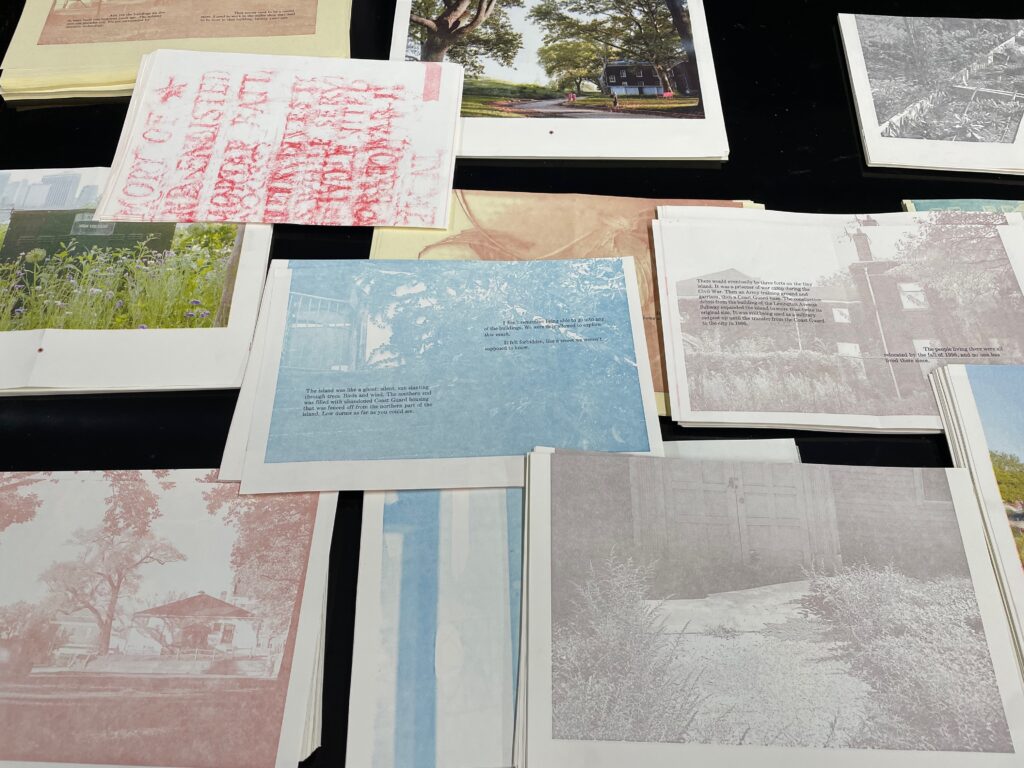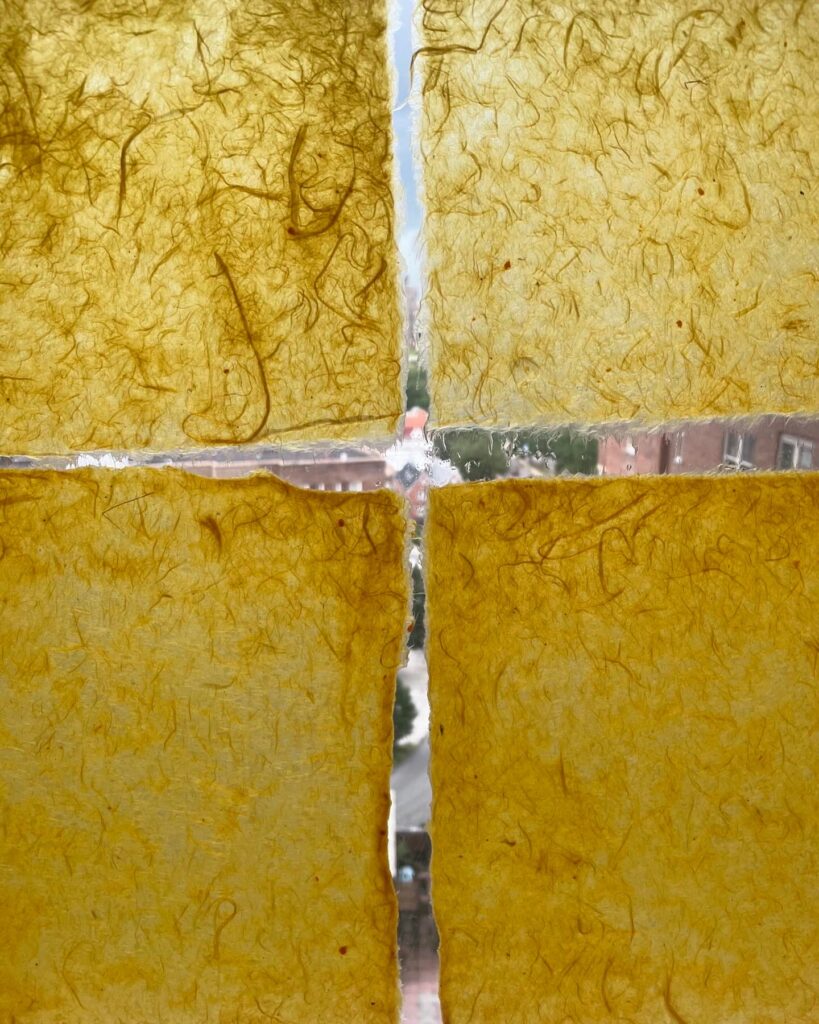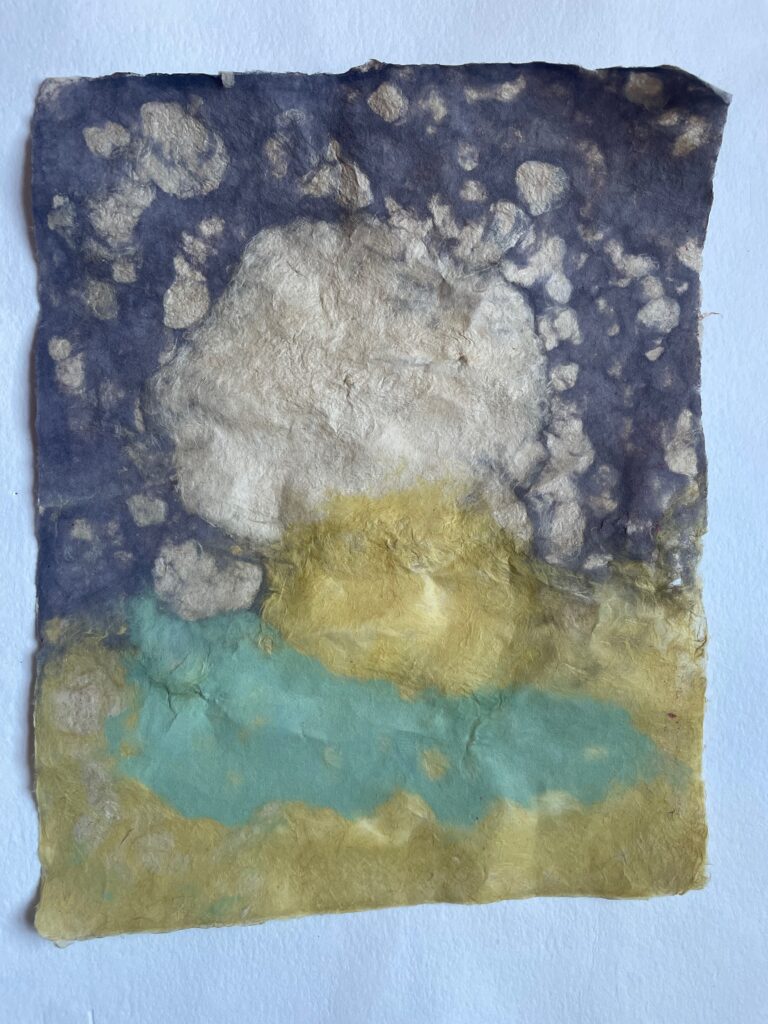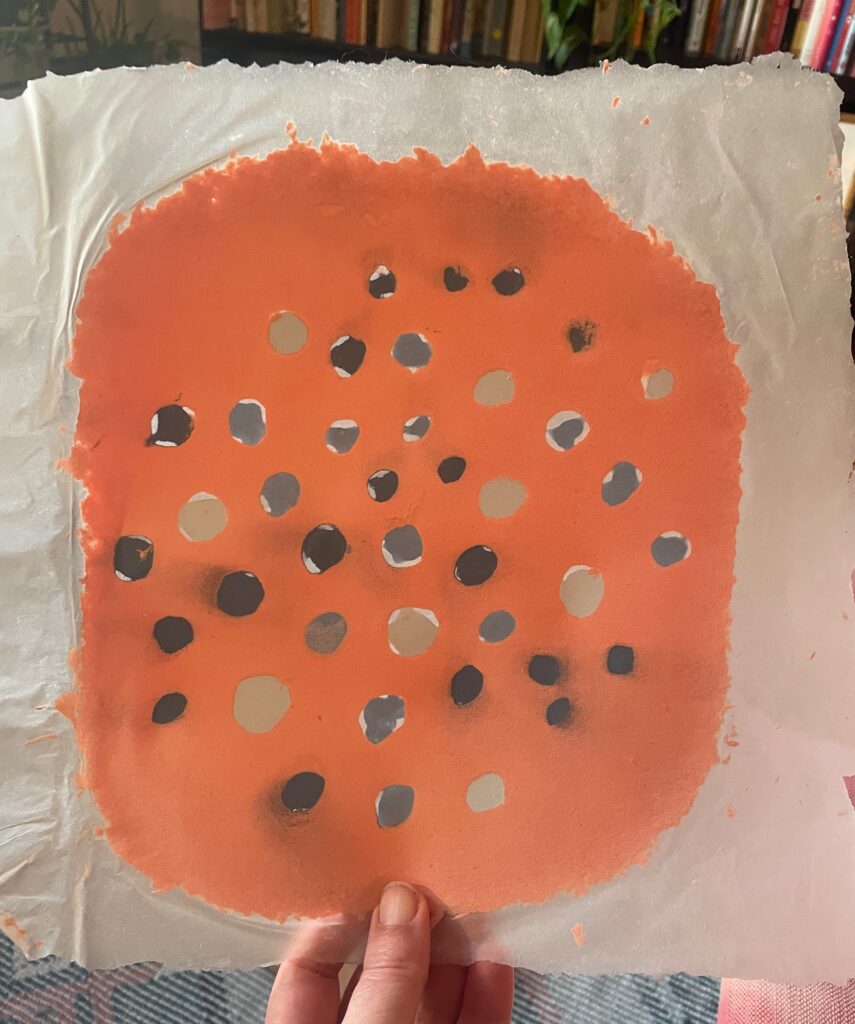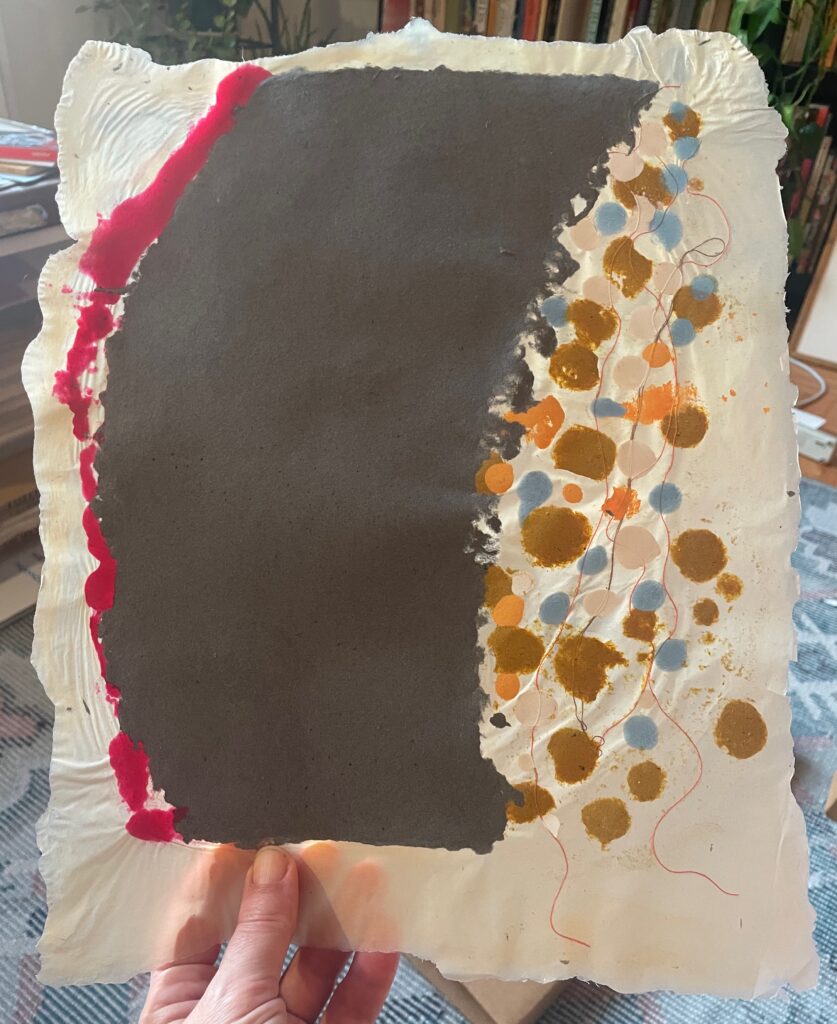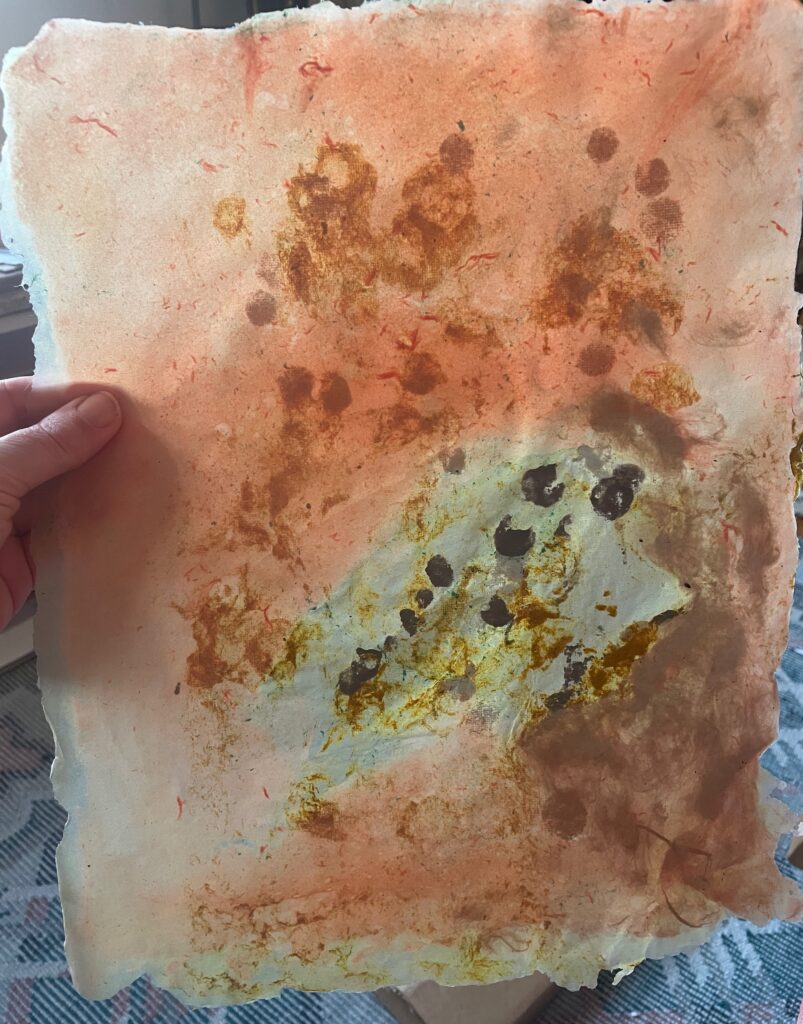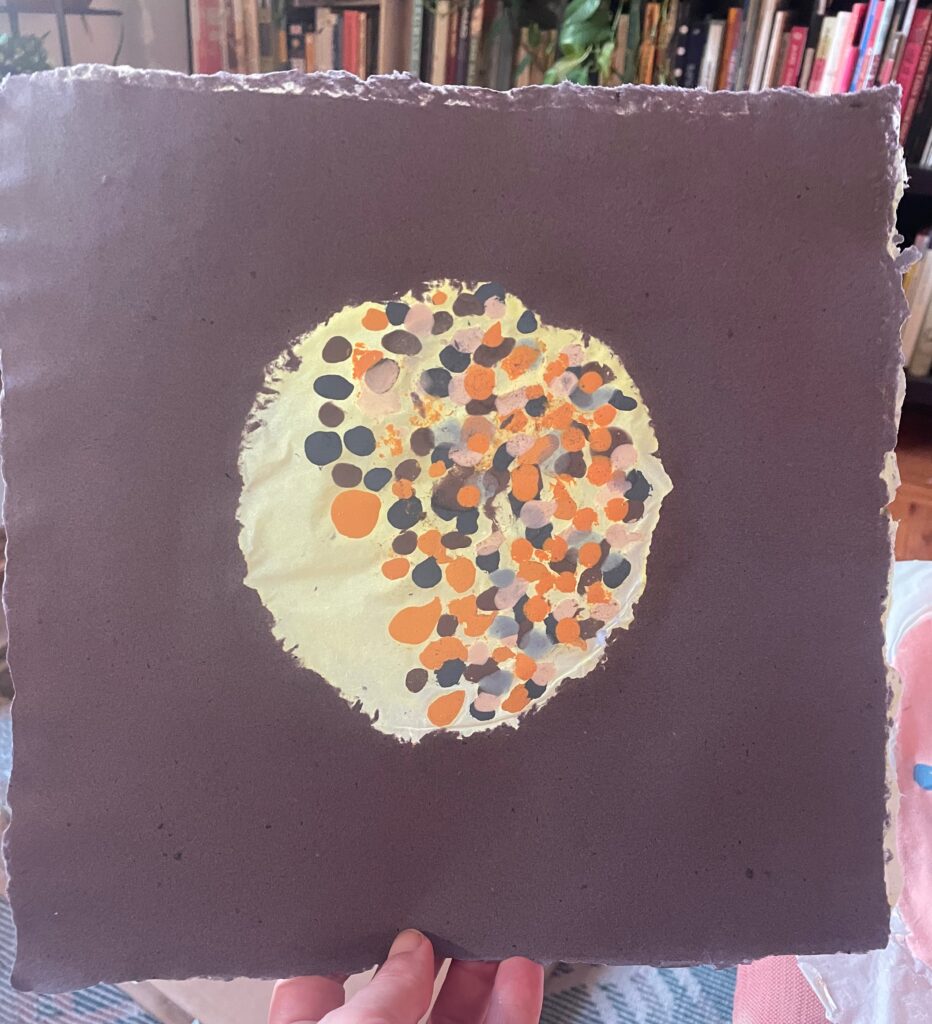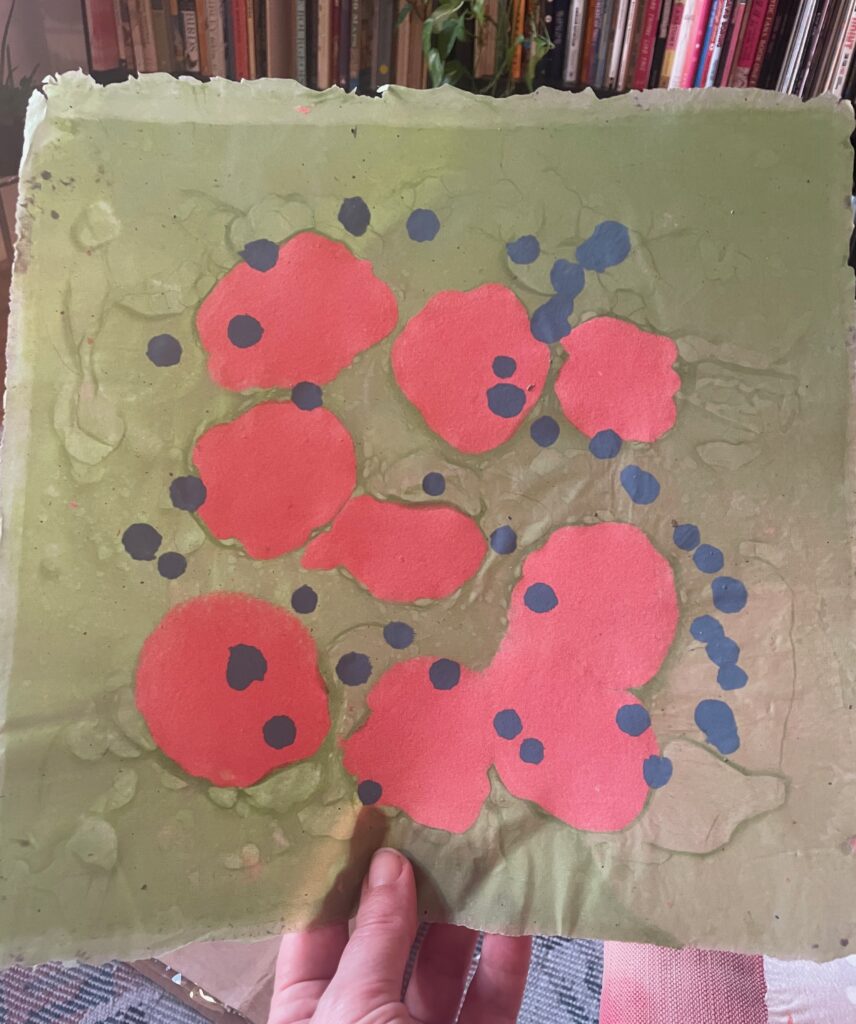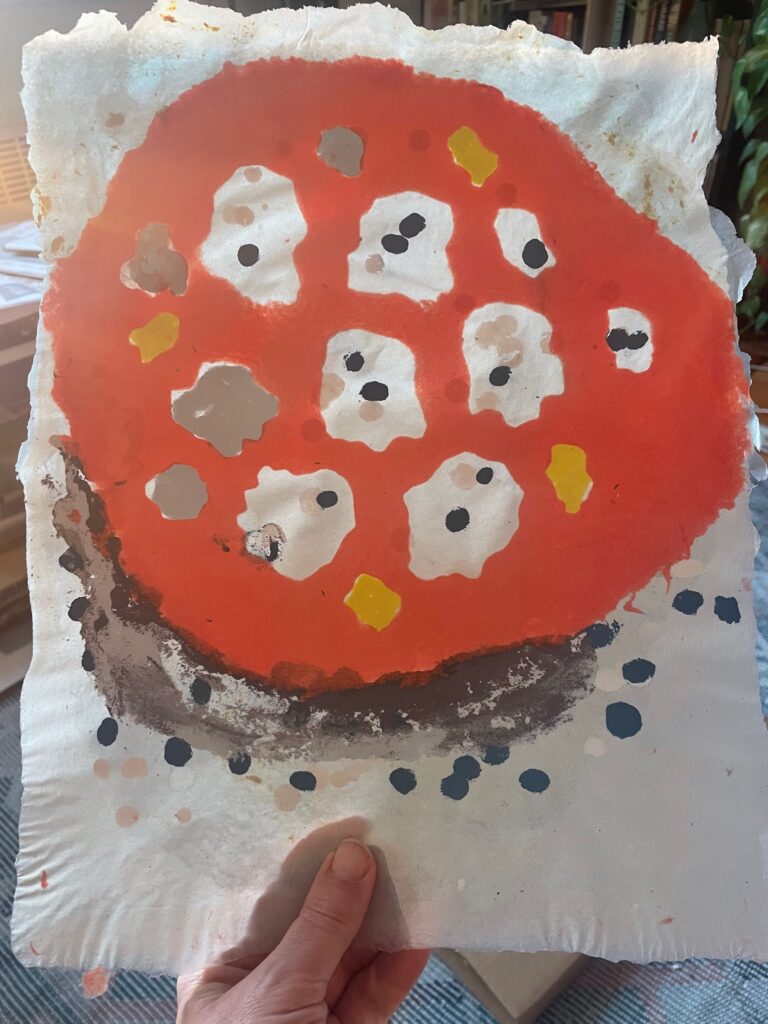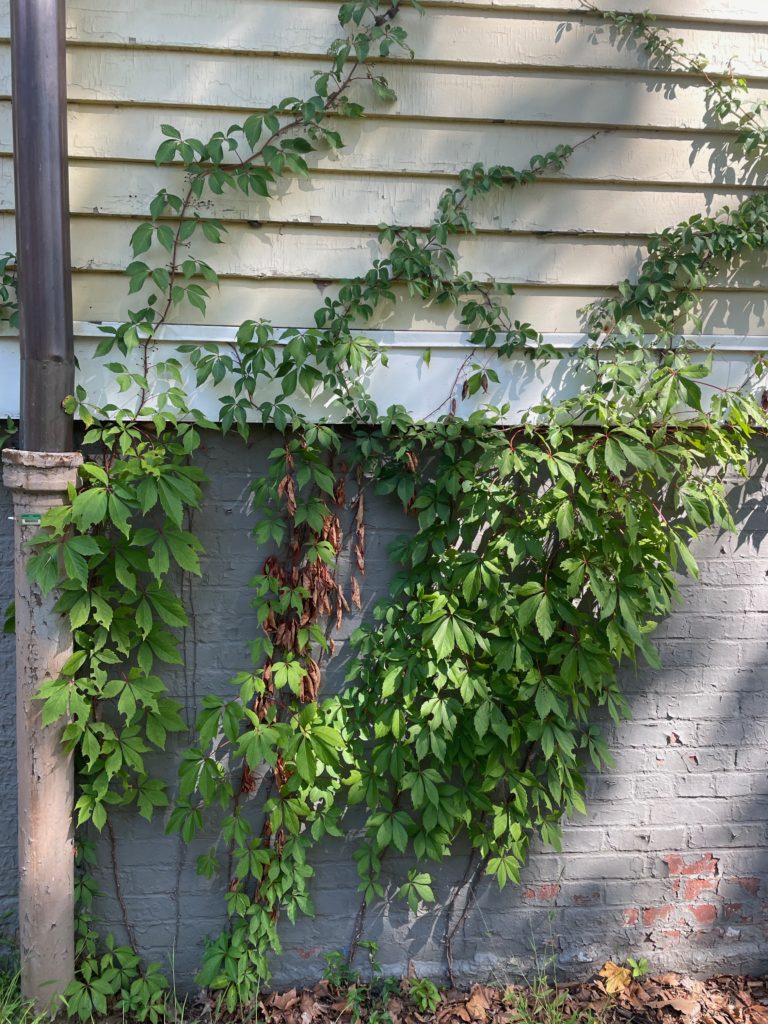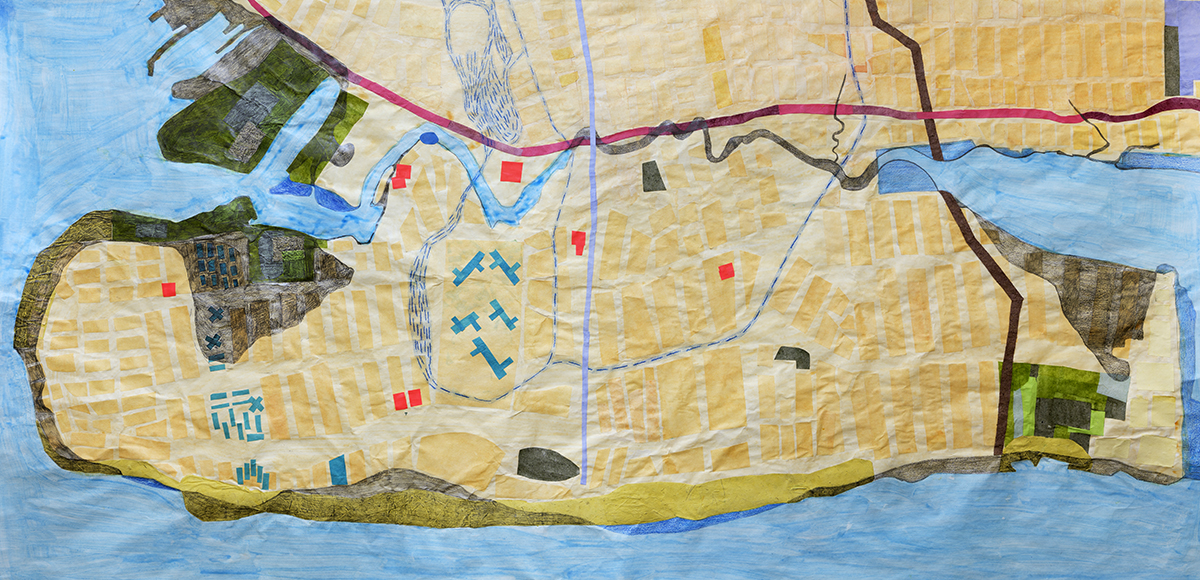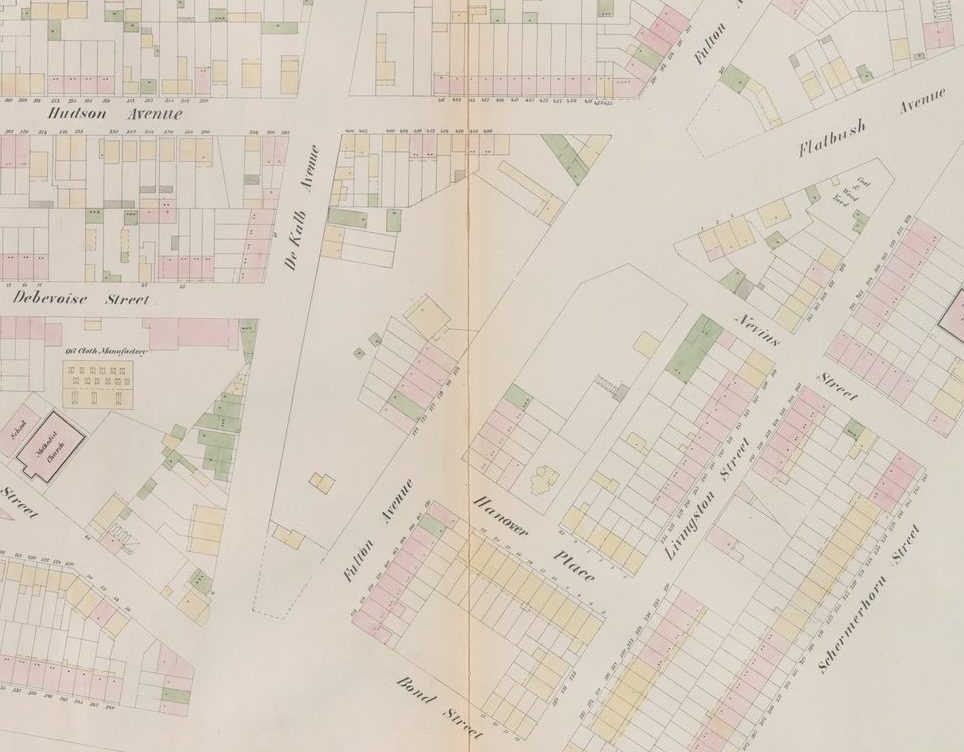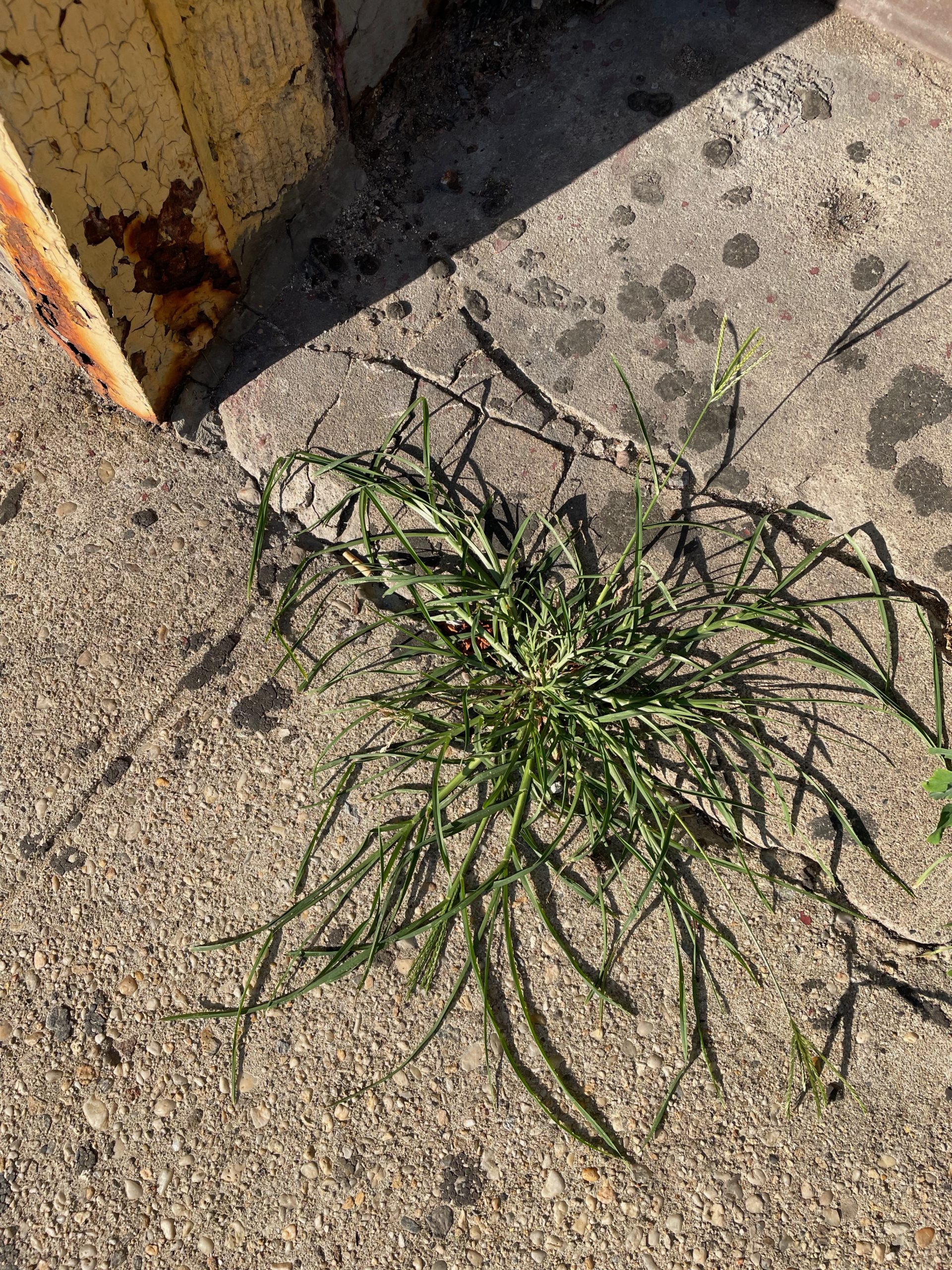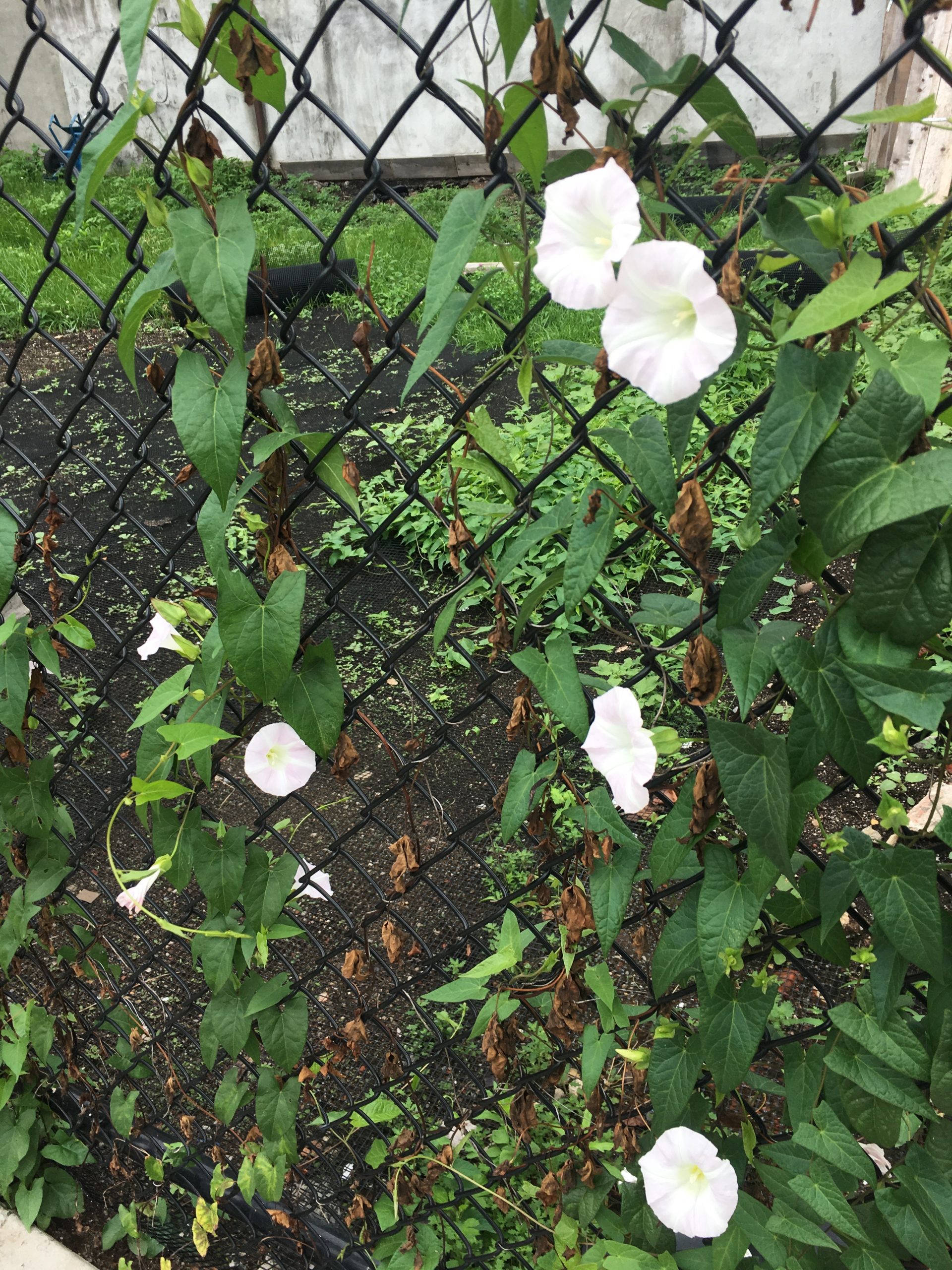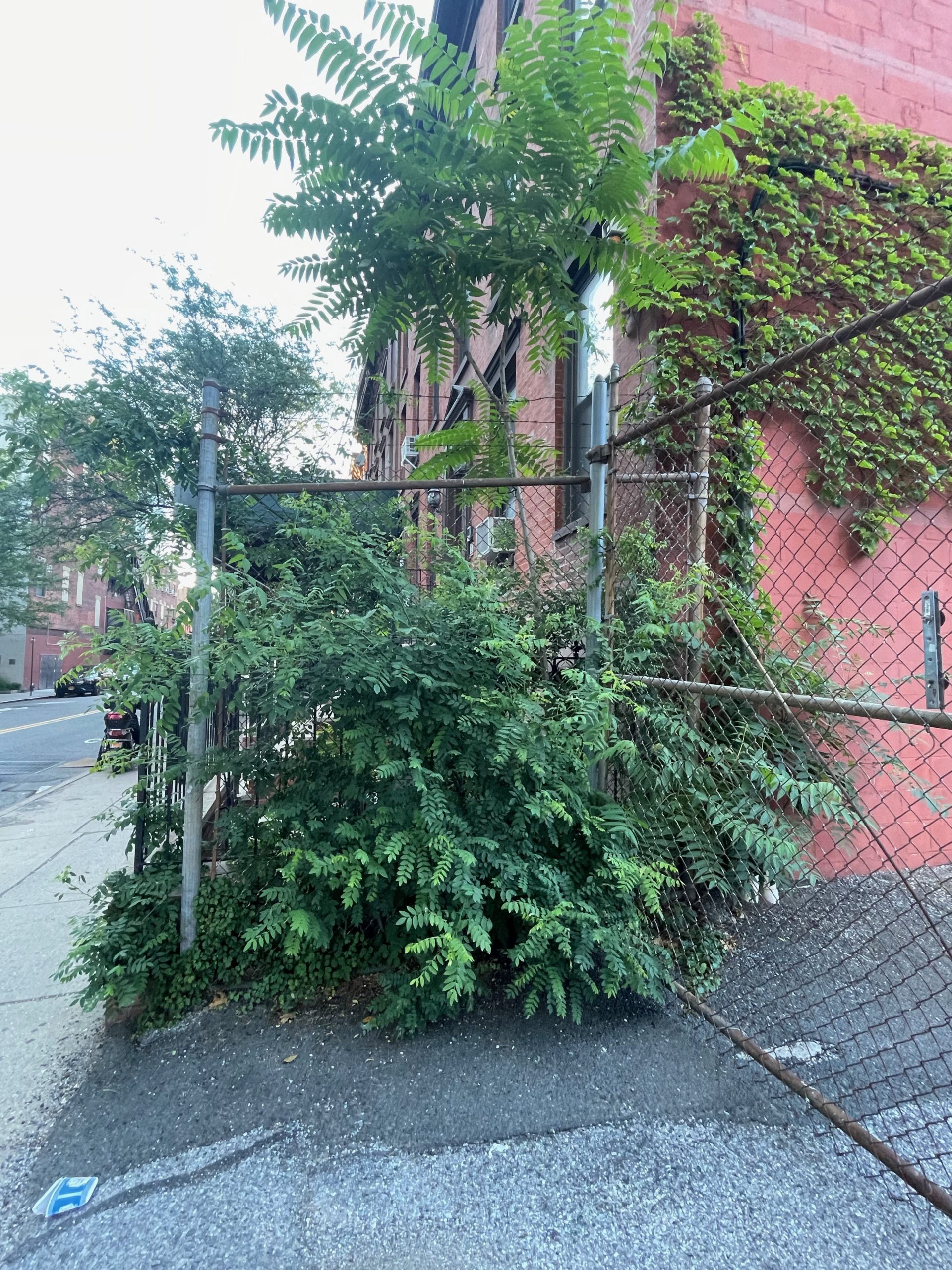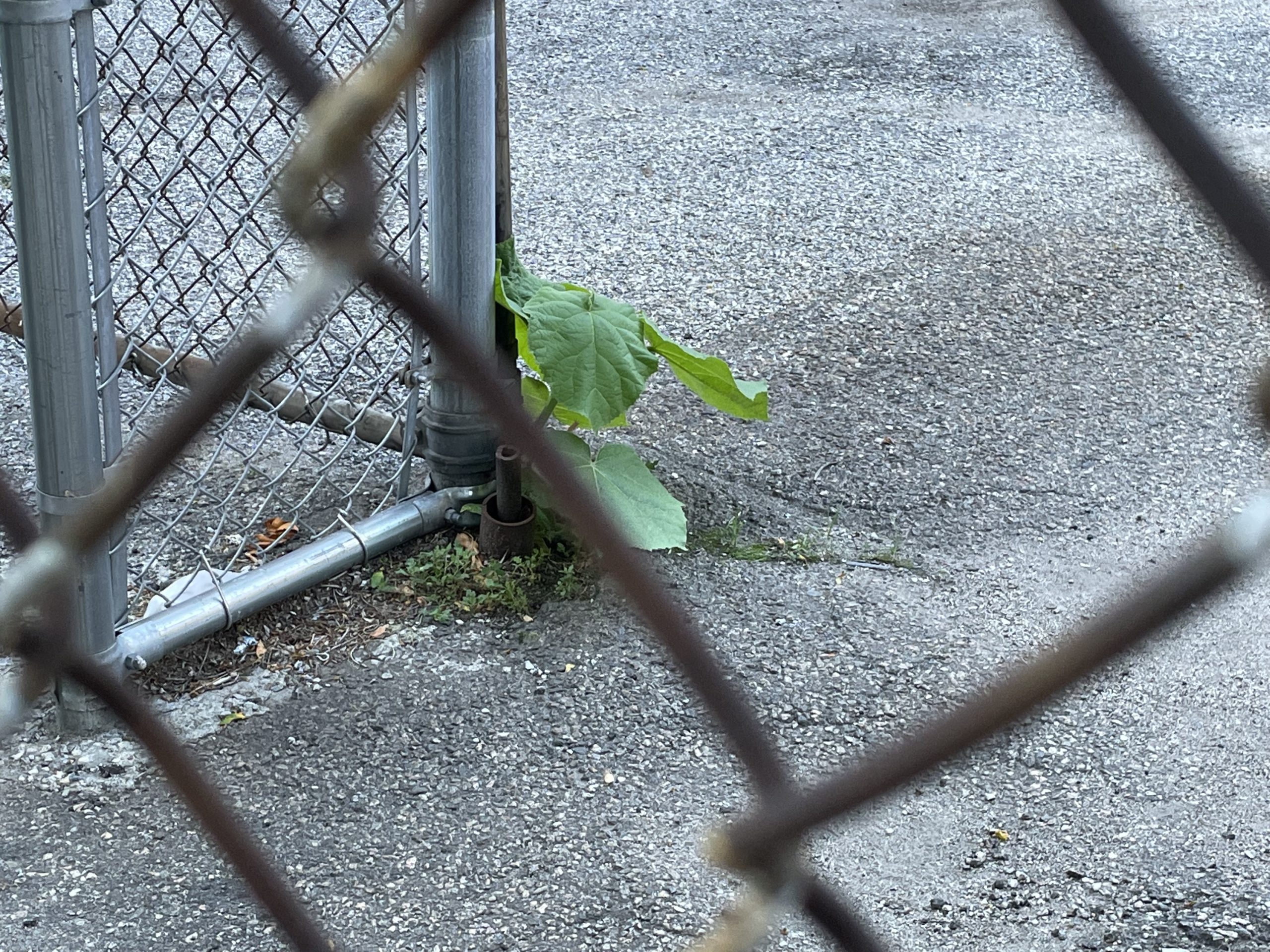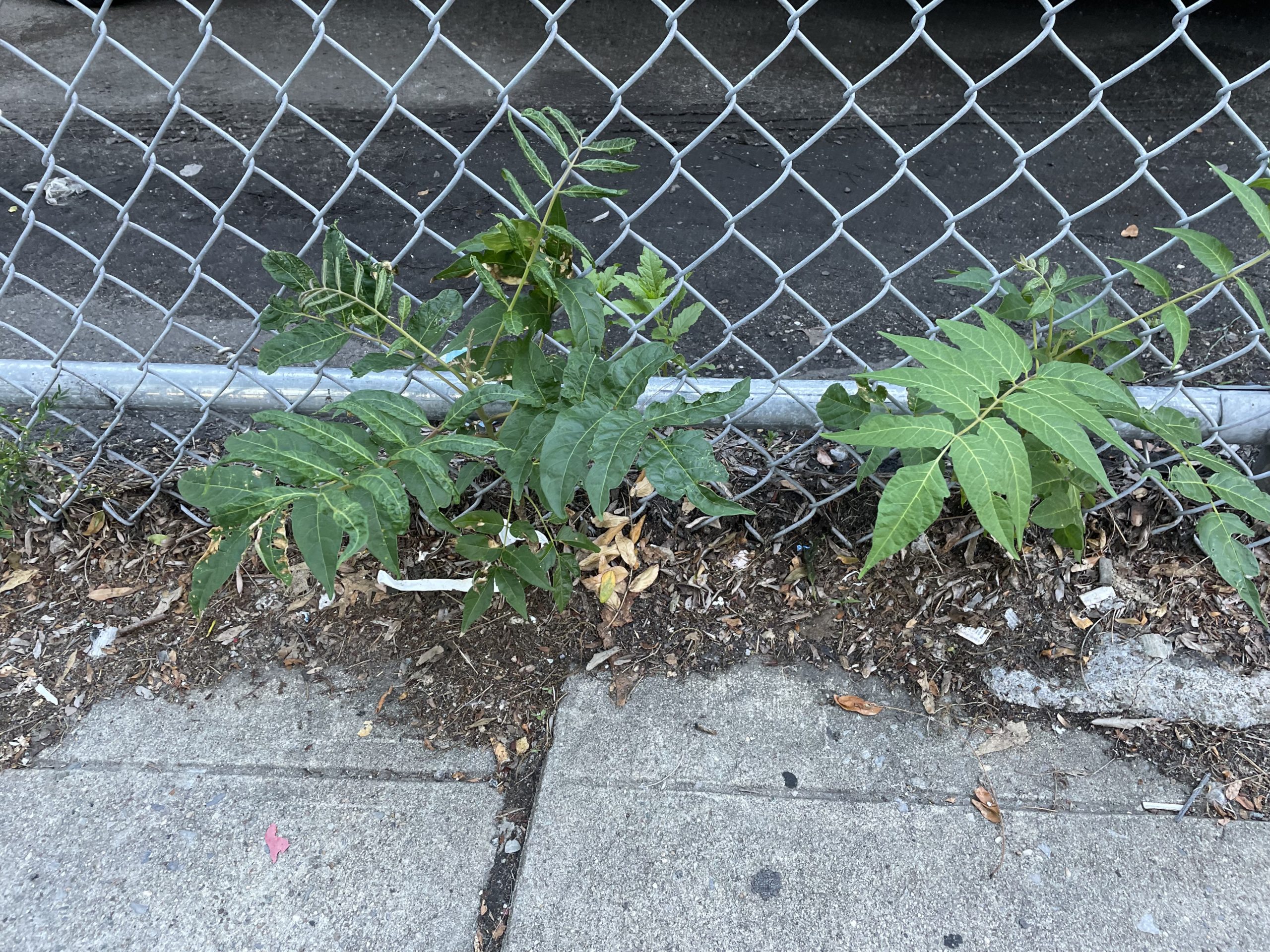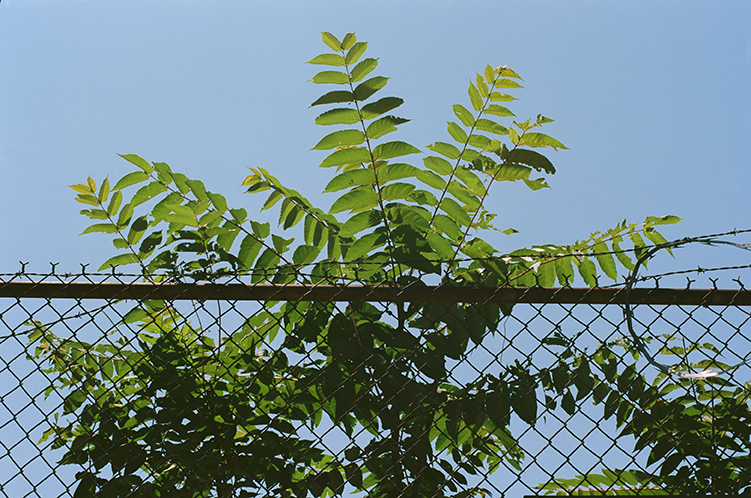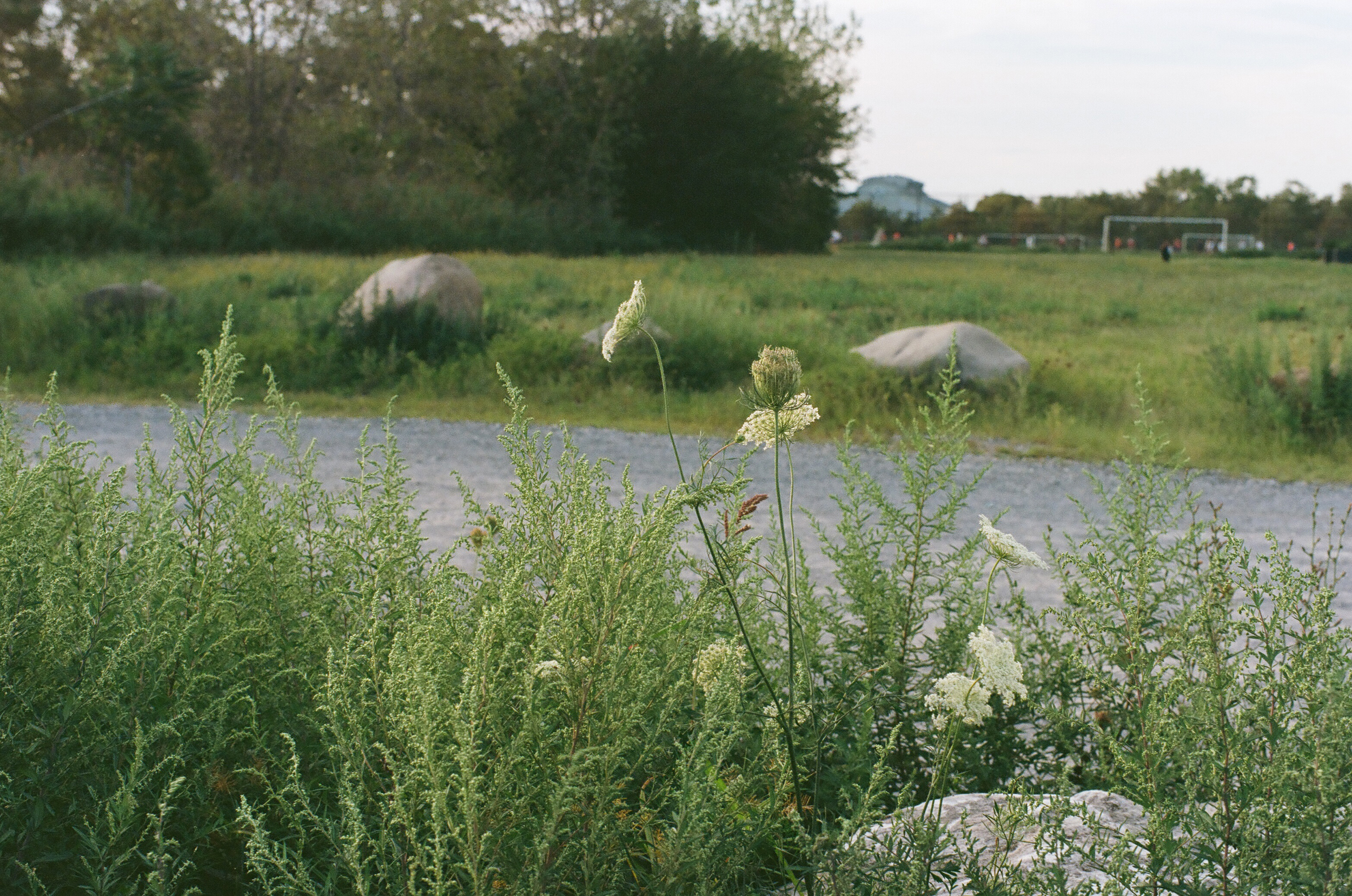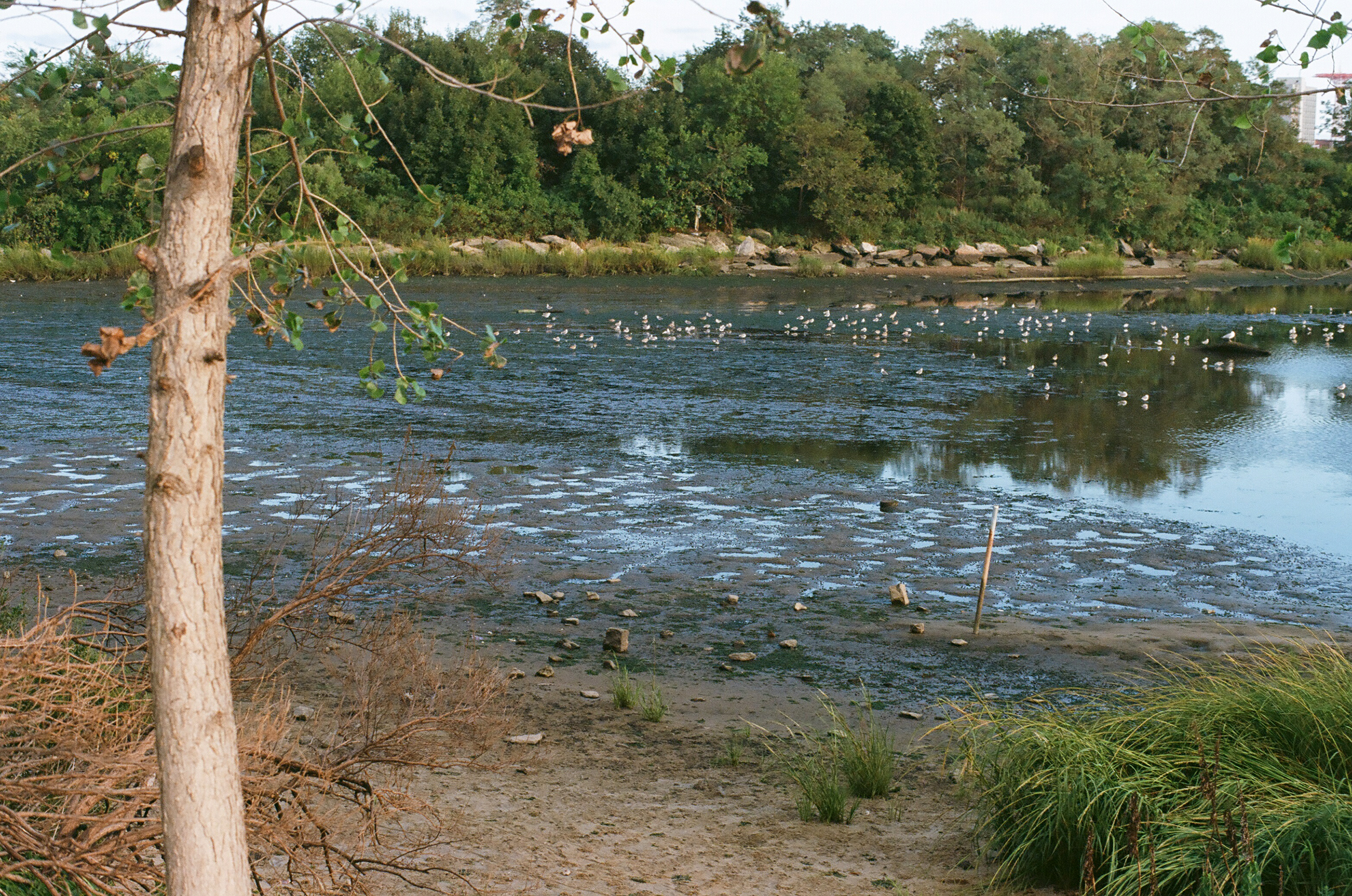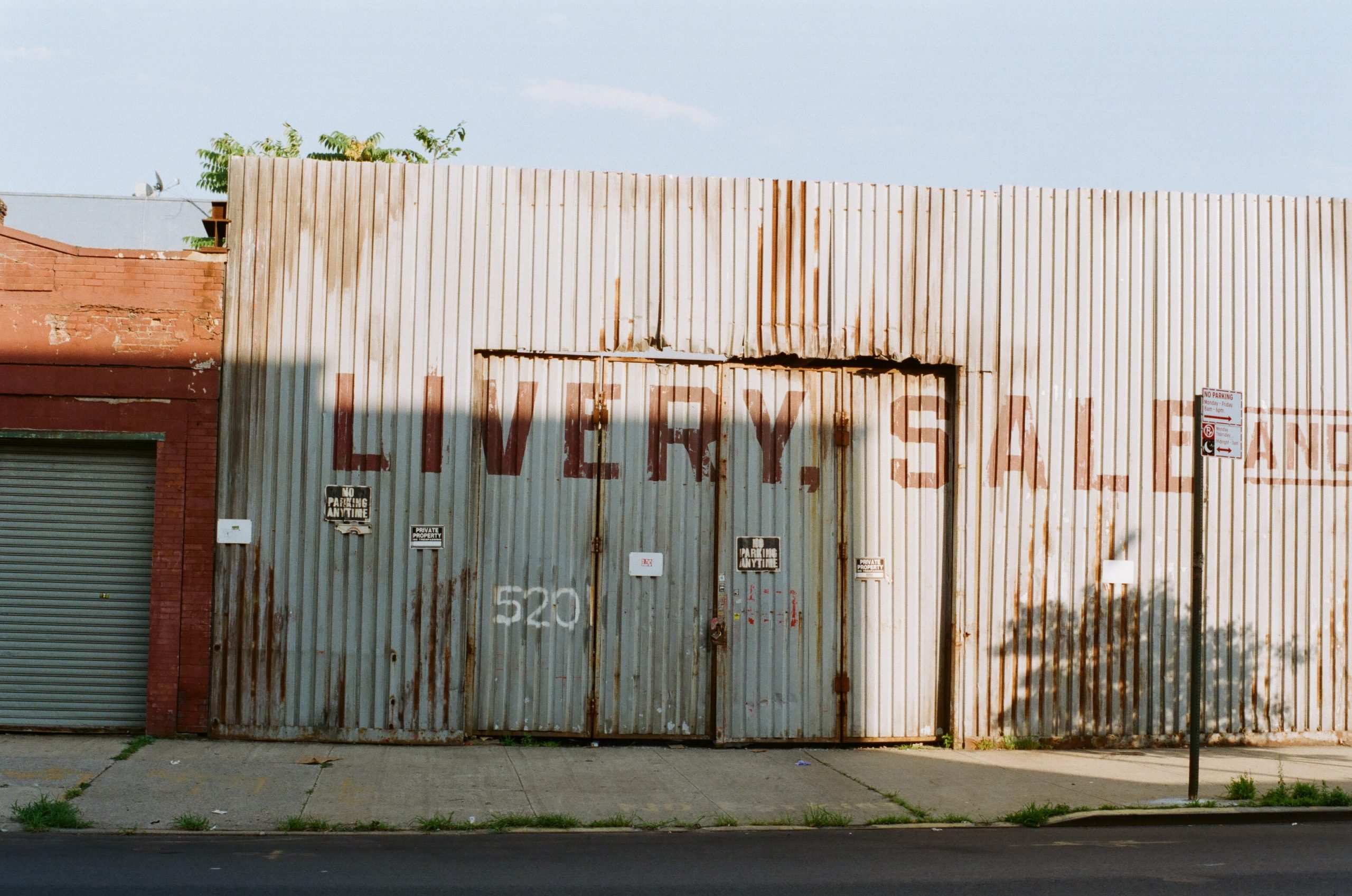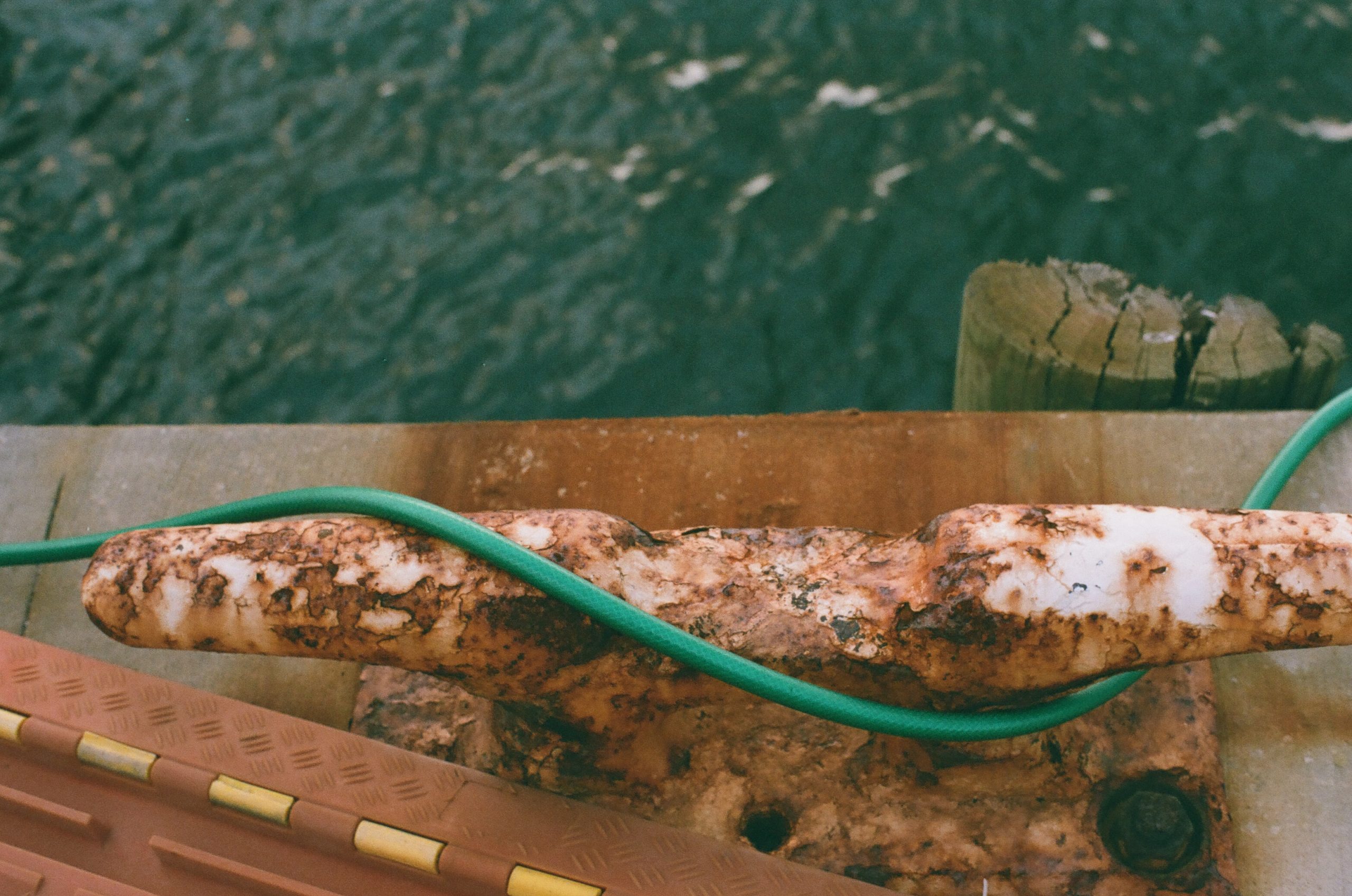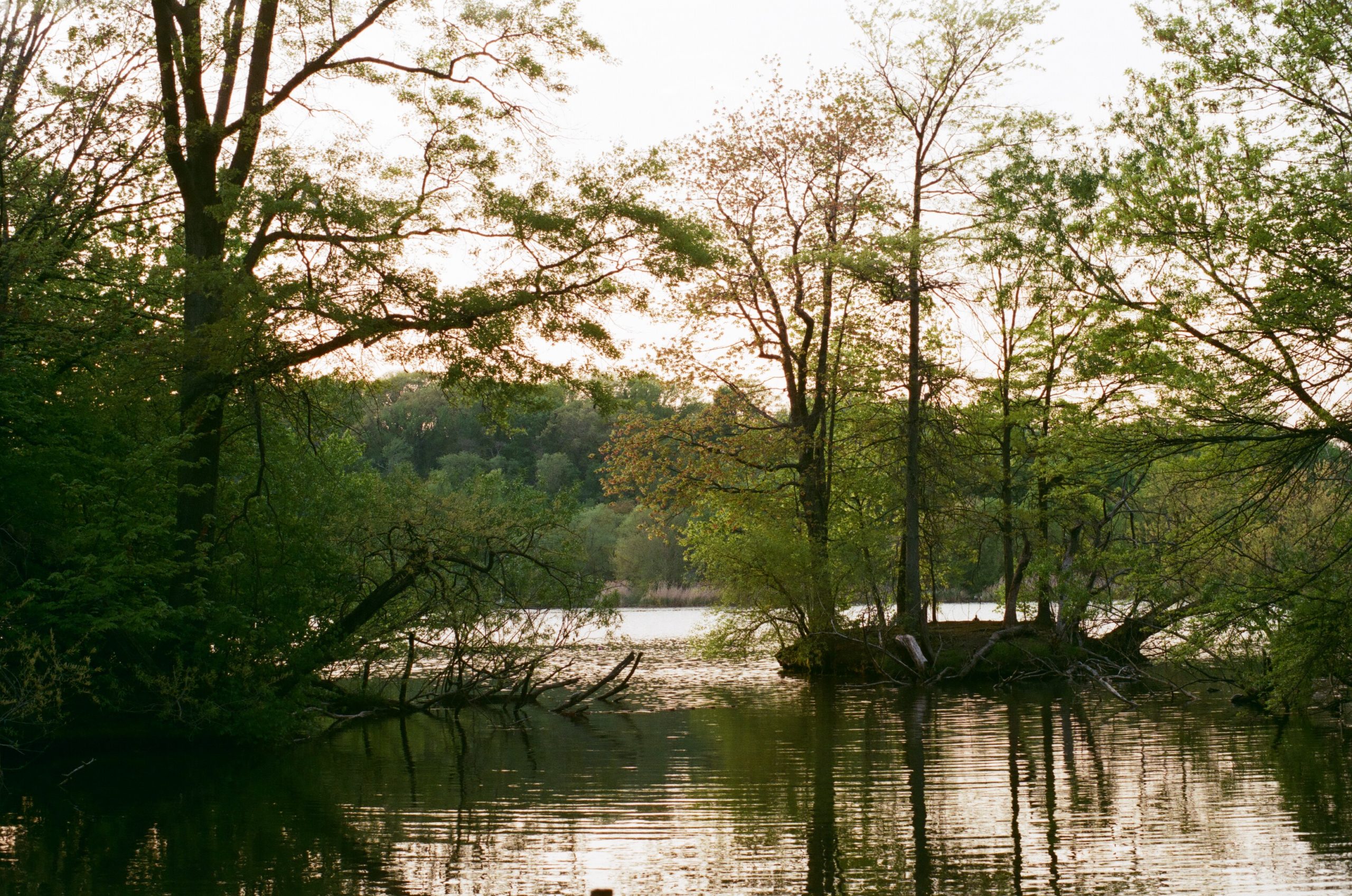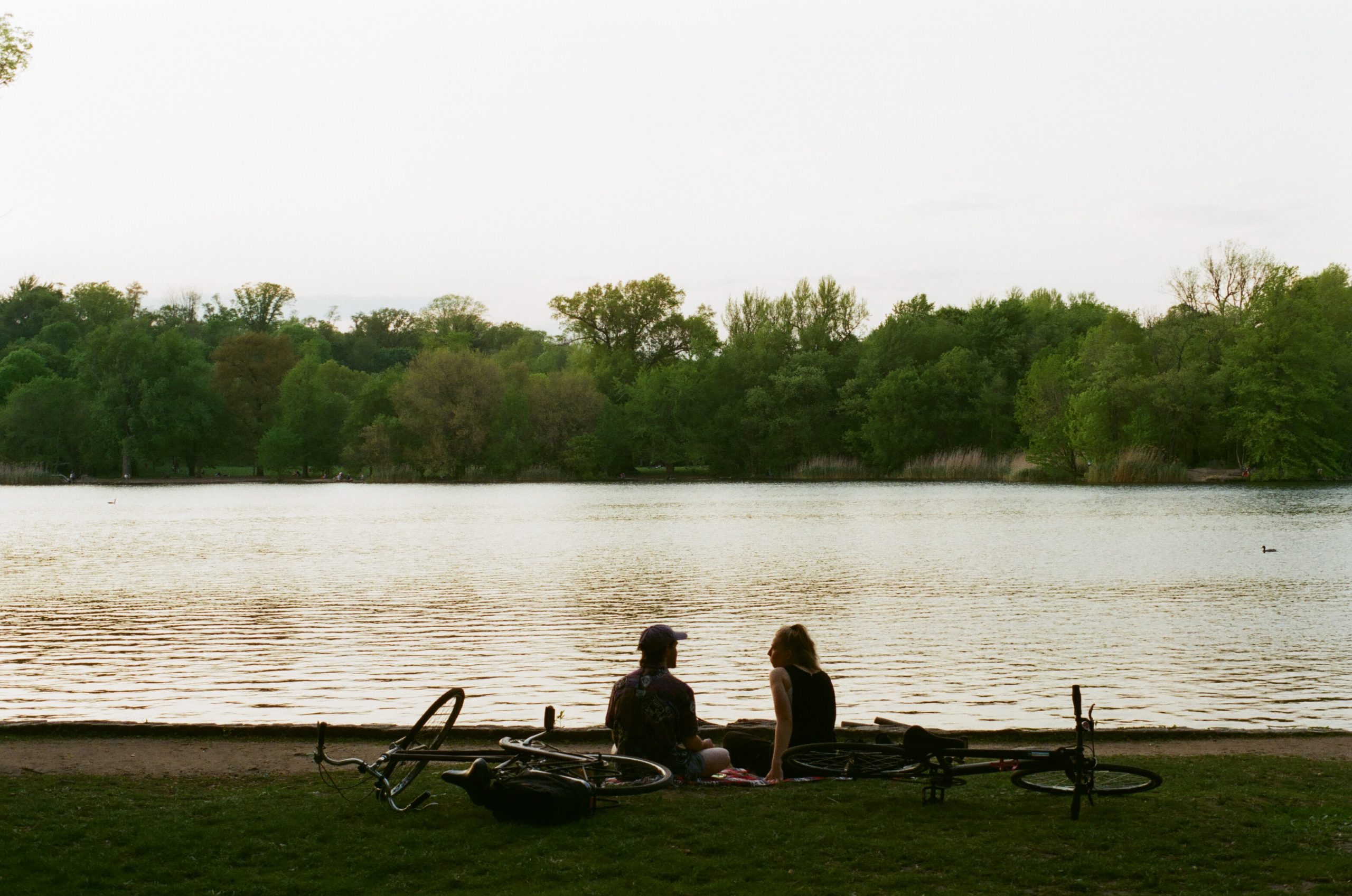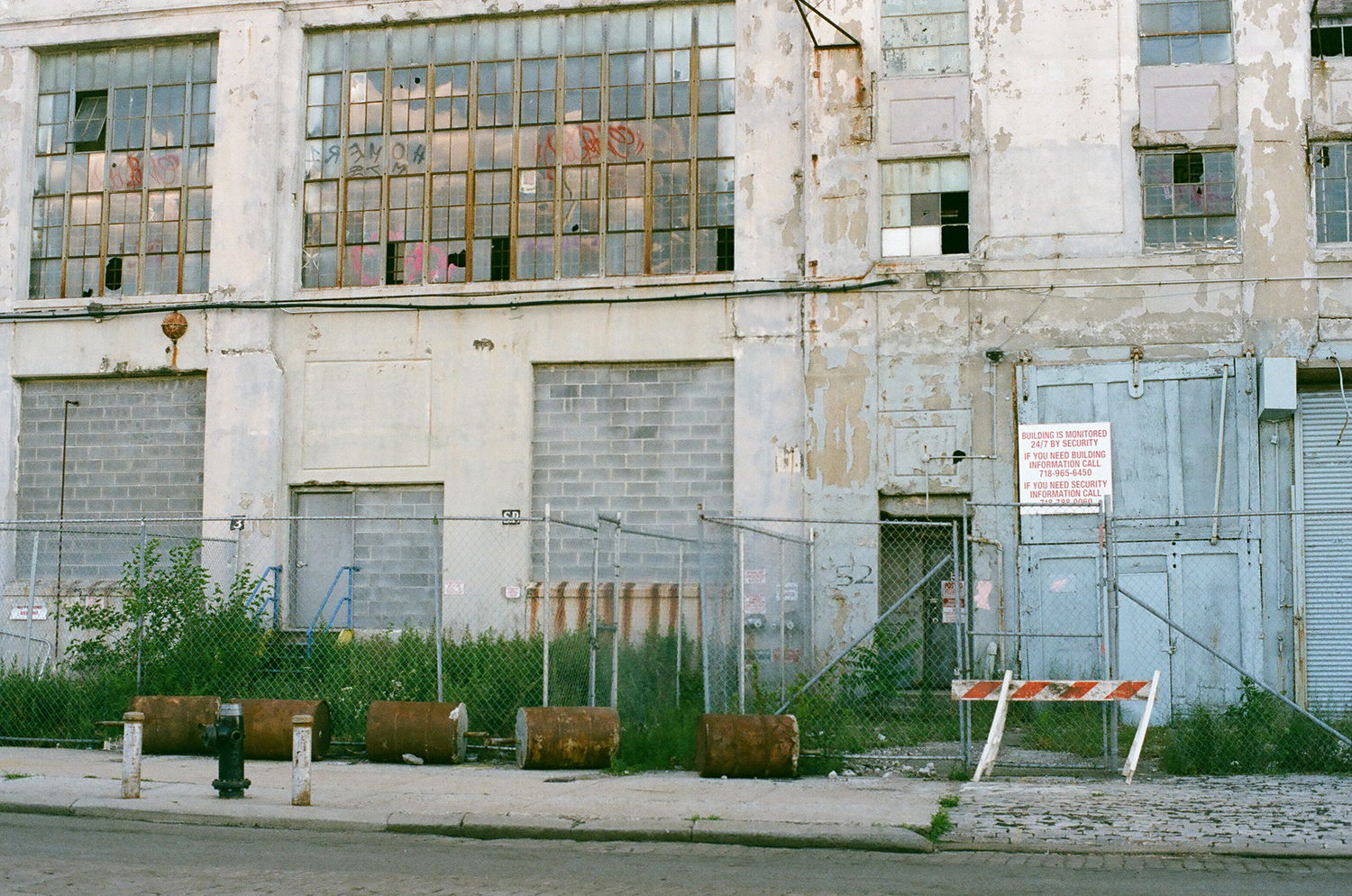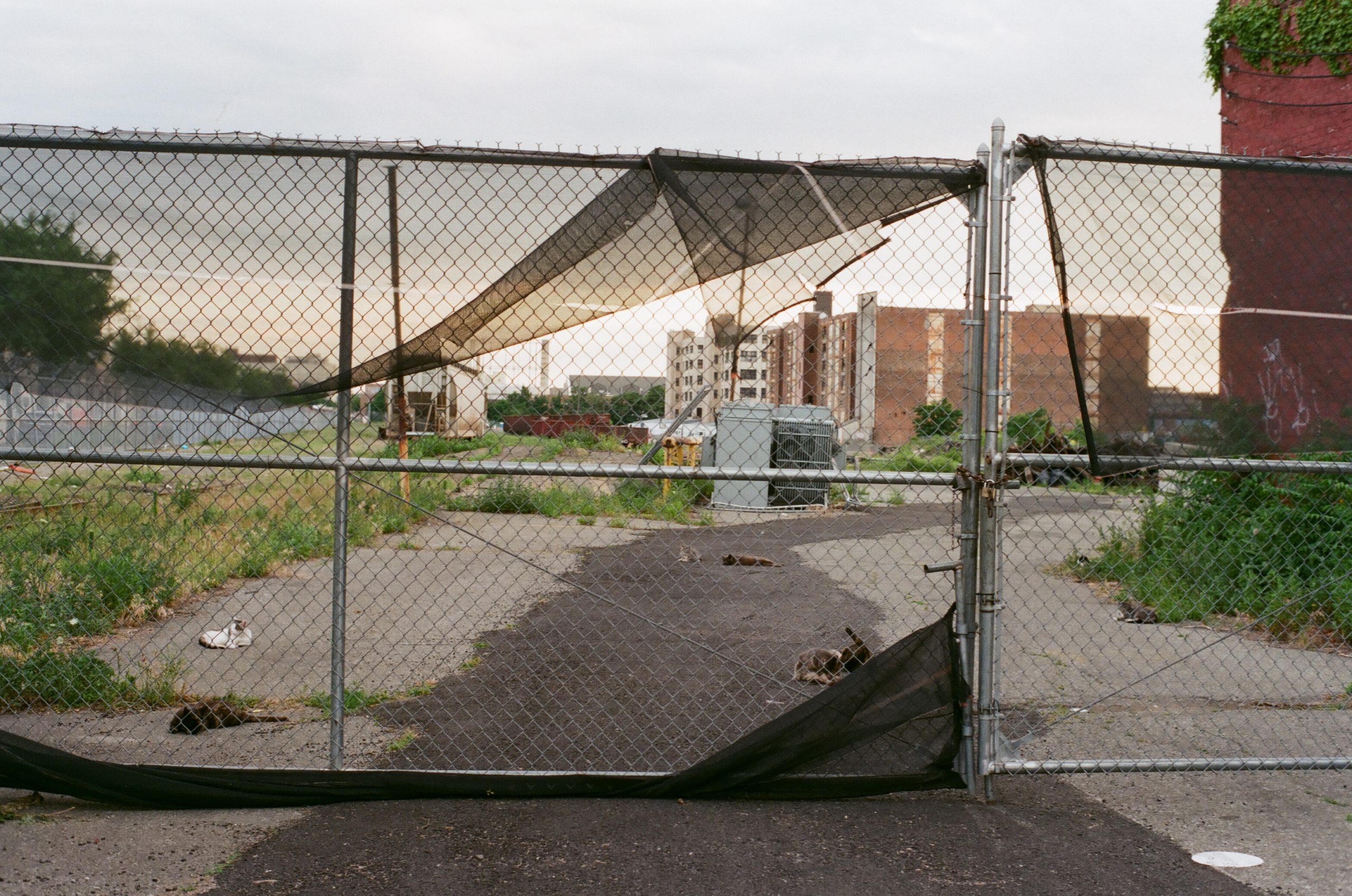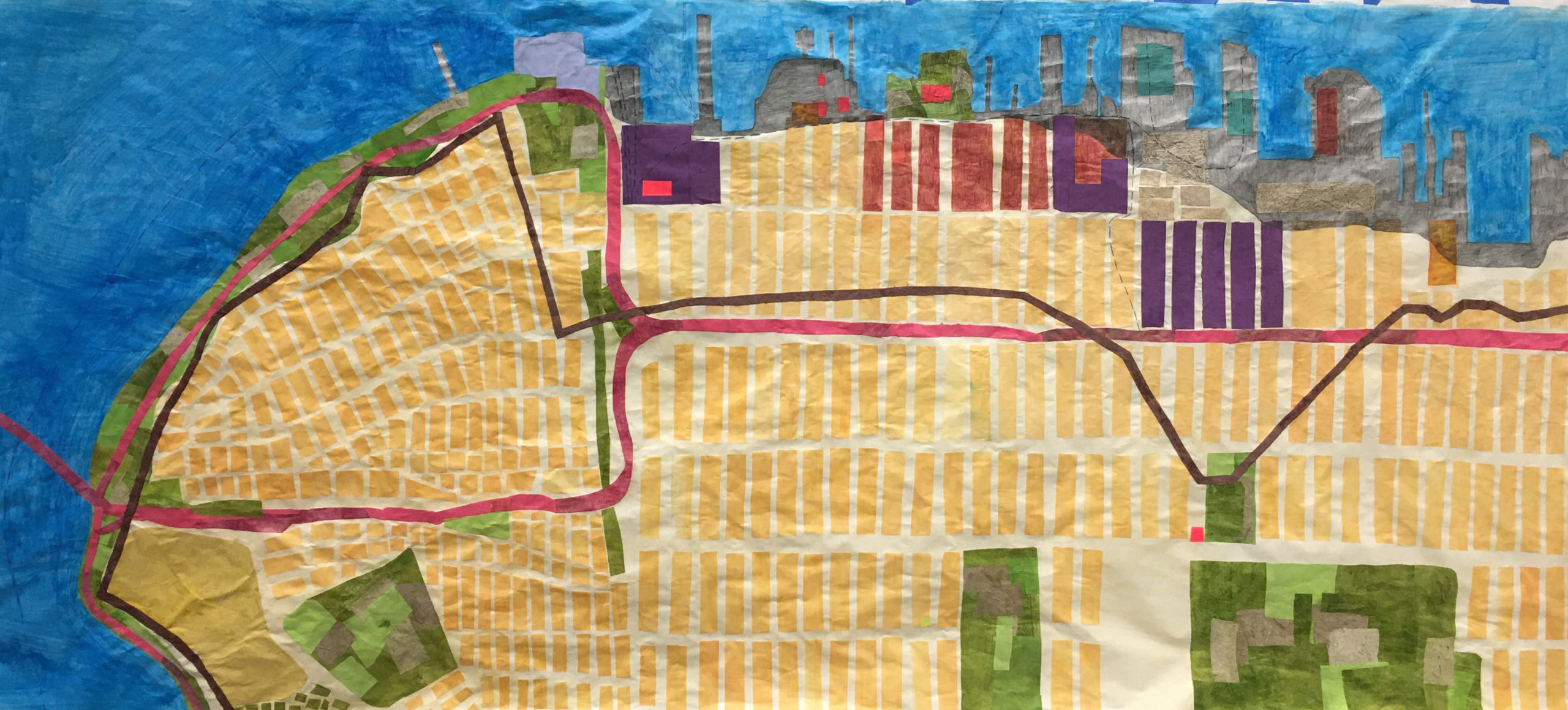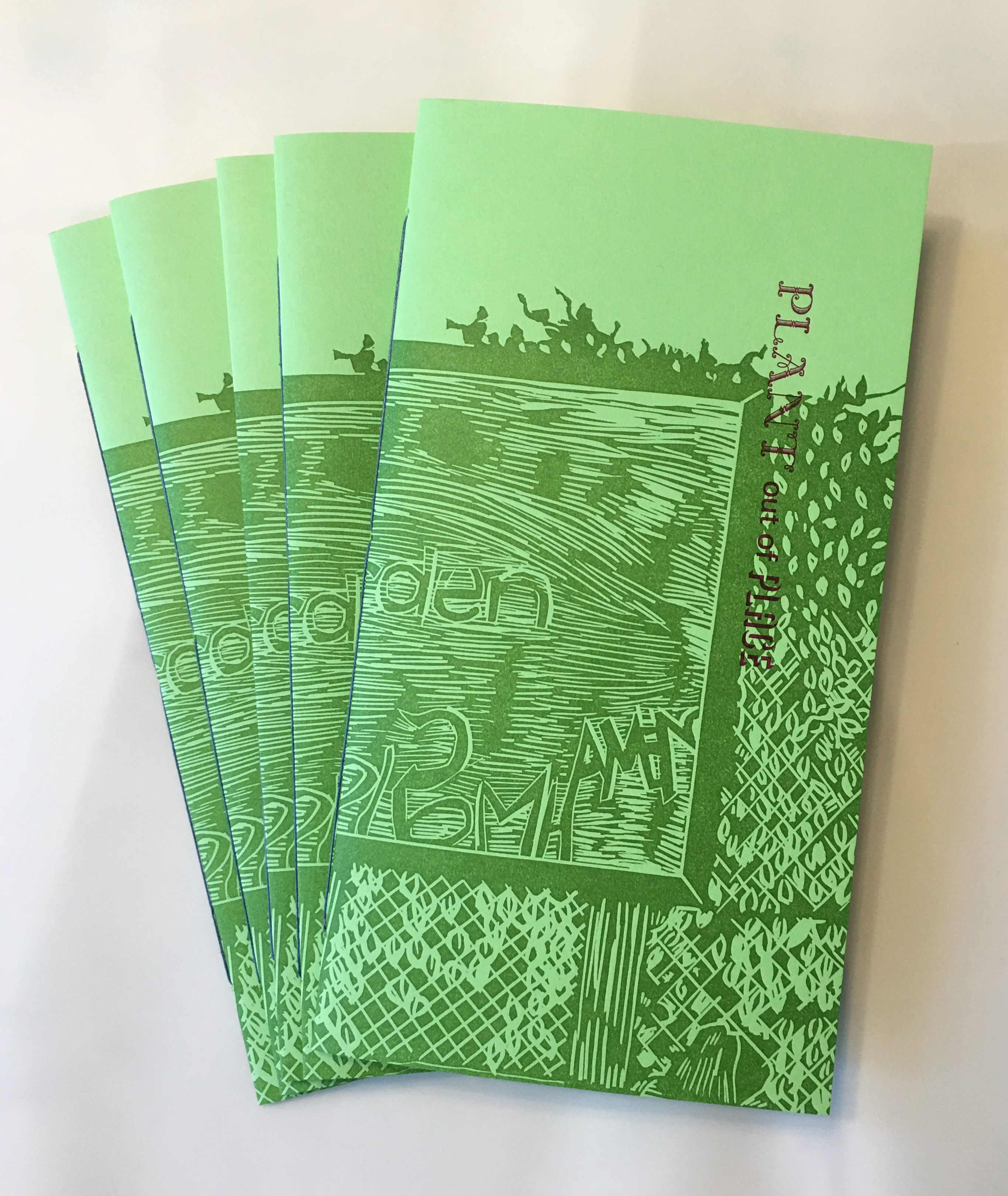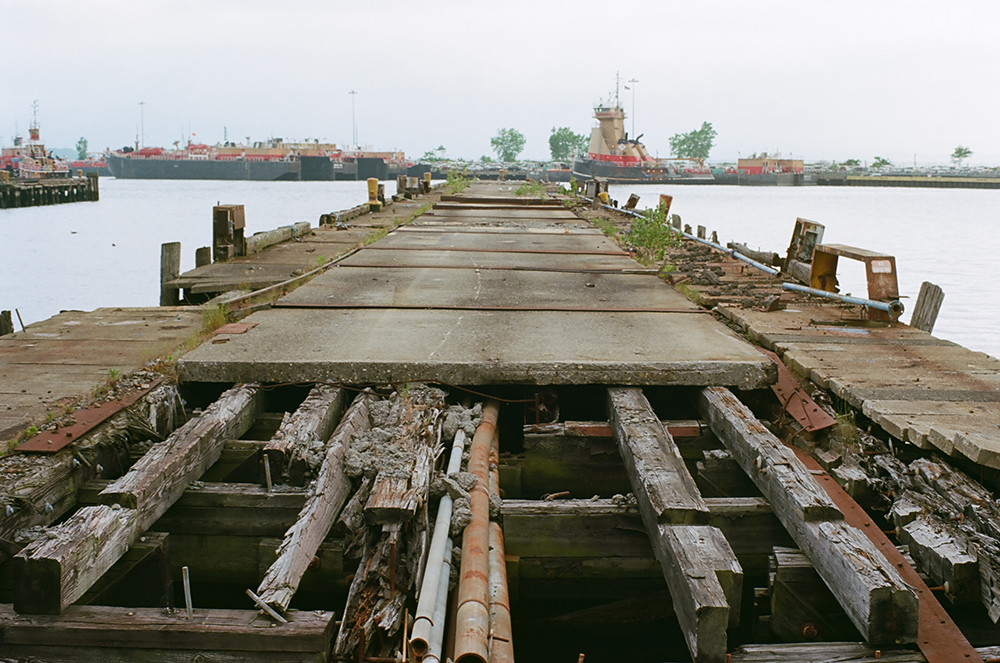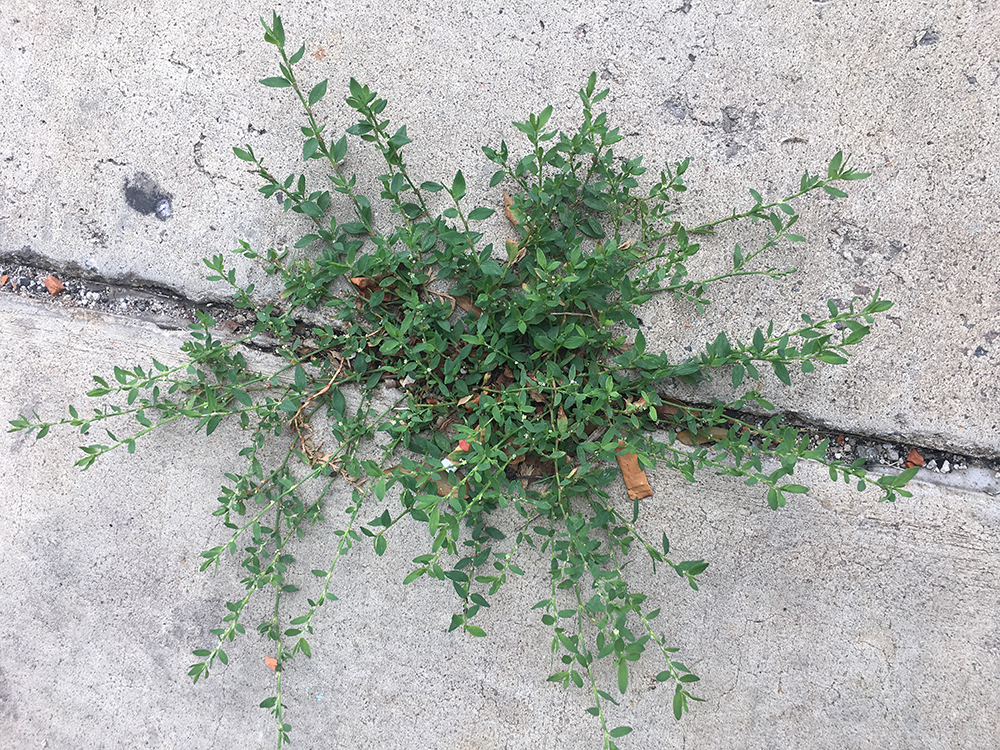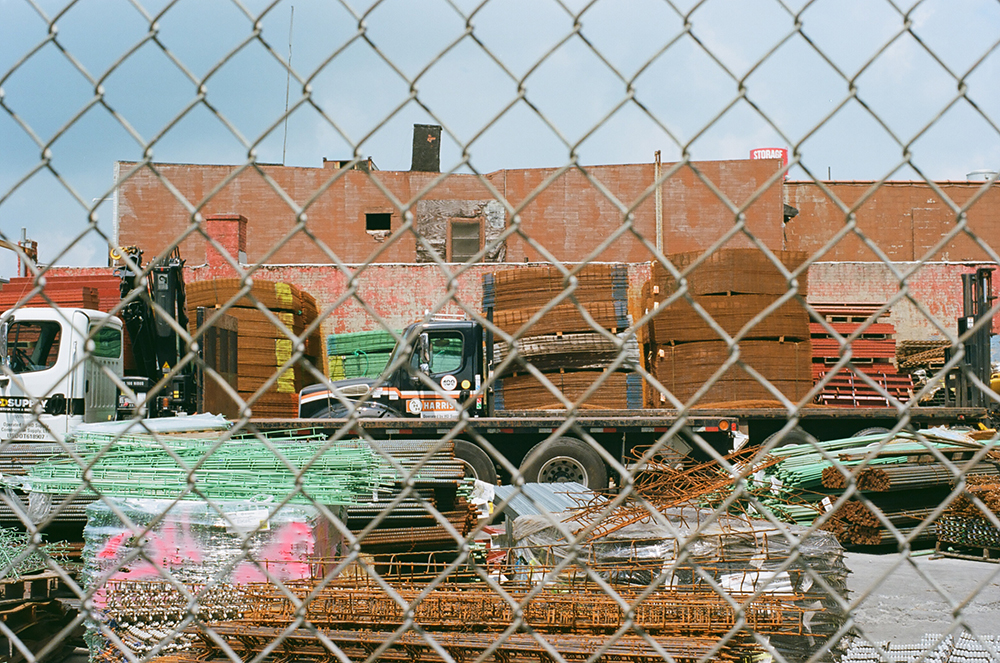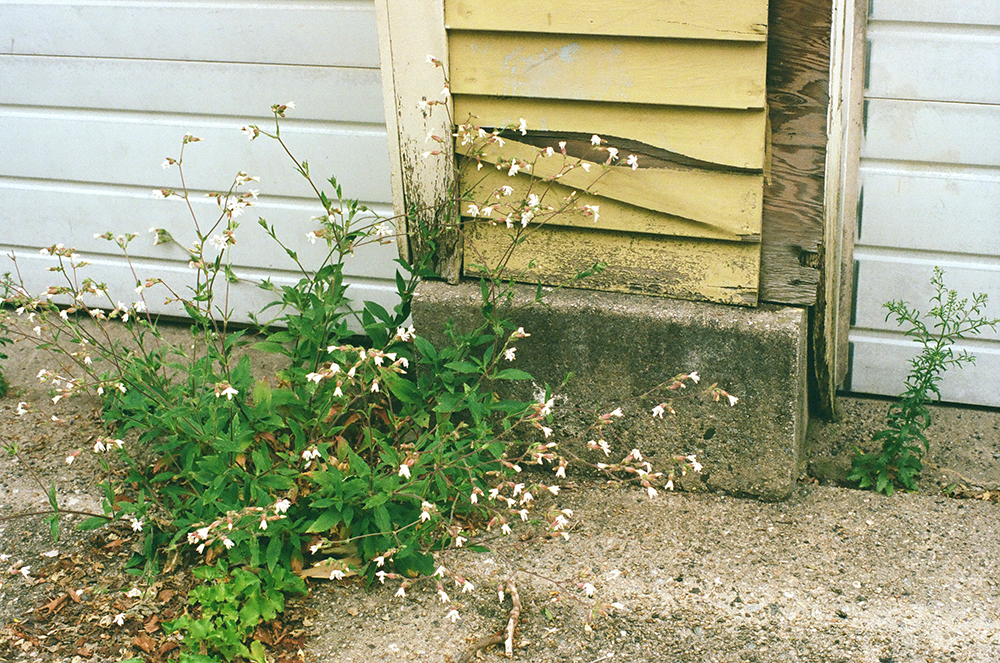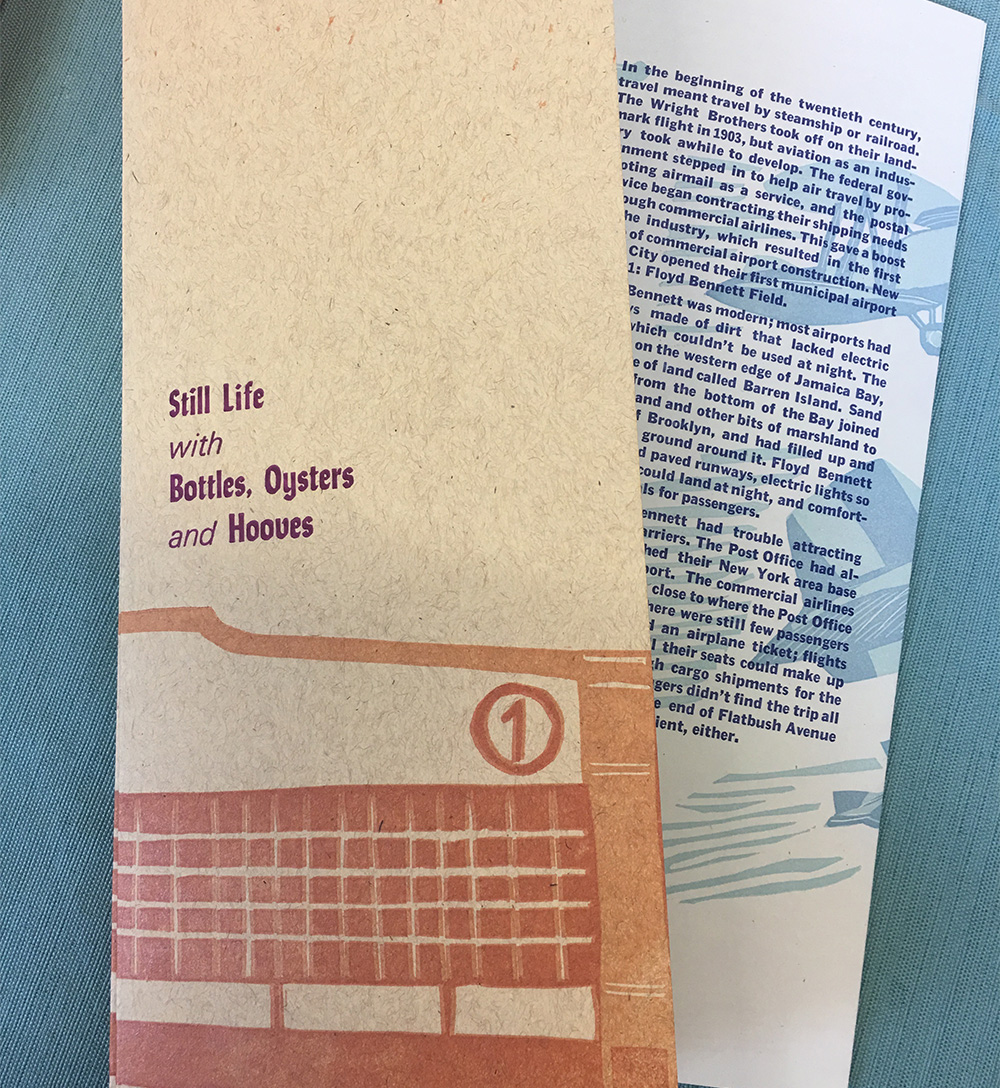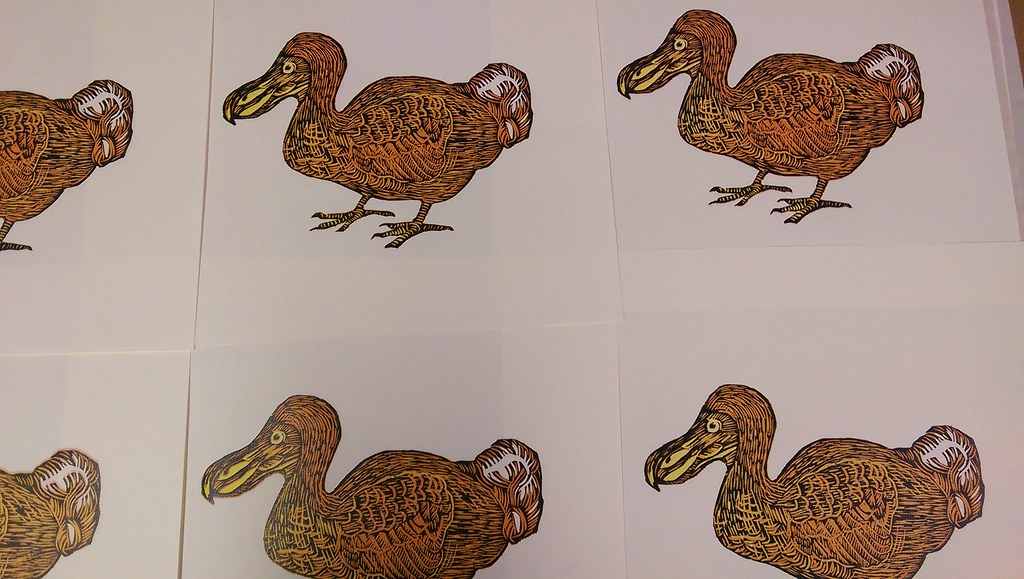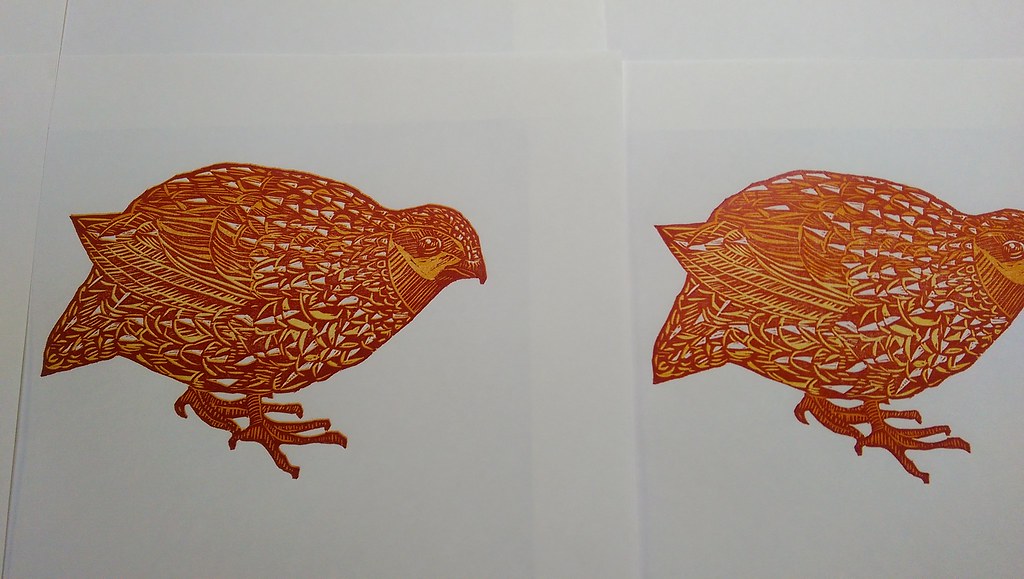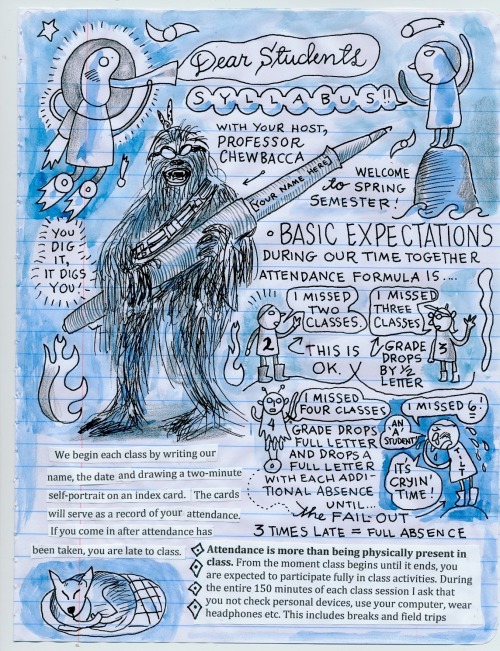Still working on the two books after almost a year, which is typical for books, and for making, really. I am still binding copies of wild anemone, after a year of labor, but the end is in sight, which is a pace I’m happy with. I should be finishing casing in slightly more than half the edition in the next couple of weeks, then finishing off the rest soon enough.
The other book I mentioned last time I bothered to update my poor neglected blog, is all about Governor’s Island, and that one is slightly farther away from the end. This is the photo I took of the inner pages when I finished printing them in a rush back in June:
And I remember liking it at the time. I still have to print and stamp a cover, which I think is designed at this point. And print a map, and design an enclosure, and bind the actual books. I was going to do some of these things this summer but as I often do I got less done than I thought I would. The last time I saw these pages I was happy with them; hopefully the next time I sit down with them I still am. Something that happens with these slow moving projects is you get sick of them, or you change and the project doesn’t, or you just want to do something else, something less slow moving, and get frustrated.
The book, which I think is called Decommissioning, is about a very small place that mainly offers cultural and environmental programming, thought that might change in the future as it becomes developed. The book is about my memories of first visiting the island, when it was almost a ghost town, and what it had been in the past, as a military base, and what might disappear in the future, as it is rezoned and about to see a bunch of new construction. This tiny island is experiencing all the different kinds of layers of history and neglect and renewal and possibility and then the cutting off of possibility by capital that the rest of the city goes through, and I wanted to write about it. The size of the place makes it possible to talk about these large complex processes in maybe a more digestible way. The last time I was there on a regular basis was as an artist in residence in 2022, which is when I took most of the photos in the book, and I brought friends there to walk with me around the island as I told them what I knew about its history and its future. At that point I thought the book would be finished within the next year, but that didn’t happen. And so it’s changed a bit since then, and I’m sure it will again before I’m done, which is usually what needs to happen to keep me interested enough in it to slog through the work of making it.
The other thing I did on that residency was what I’ve been doing this past month, often instead of the various bookbinding work I should be doing, which is paper making. I love paper making because while it does take a good amount of physical labor, it doesn’t really take years to finish, and it is more like play than almost anything else that I do. It’s the perfect summer activity: it involves water and color and play and I don’t have to do months worth of research before getting my hands dirty. It is messy and right brained and instinctive, at least when I’m doing it, and it feeds the poor neglected parts of myself I’ve buried under research and writing these past years. Remember when I was a painter? I kind of do. I love the lack of control and the surprise and tactility and color and responsiveness of it all. I just got back from Women’s Studio Workshop up in the Hudson Valley, where I took a weeklong paper making workshop with the fabulous artist Jaz Graf, and am now fully in love. I did the same thing last year, it was a fantastic experience then too. When my back is no longer willing to tolerate me carrying around galleys of lead type I will retire from pamphleteering and make pretty pieces of paper all day. It does me good to relax the left side of my brain for a while and let something else take over. So in honor of summer and the letting go of control, I will leave you with some pictures of pretty paper:

